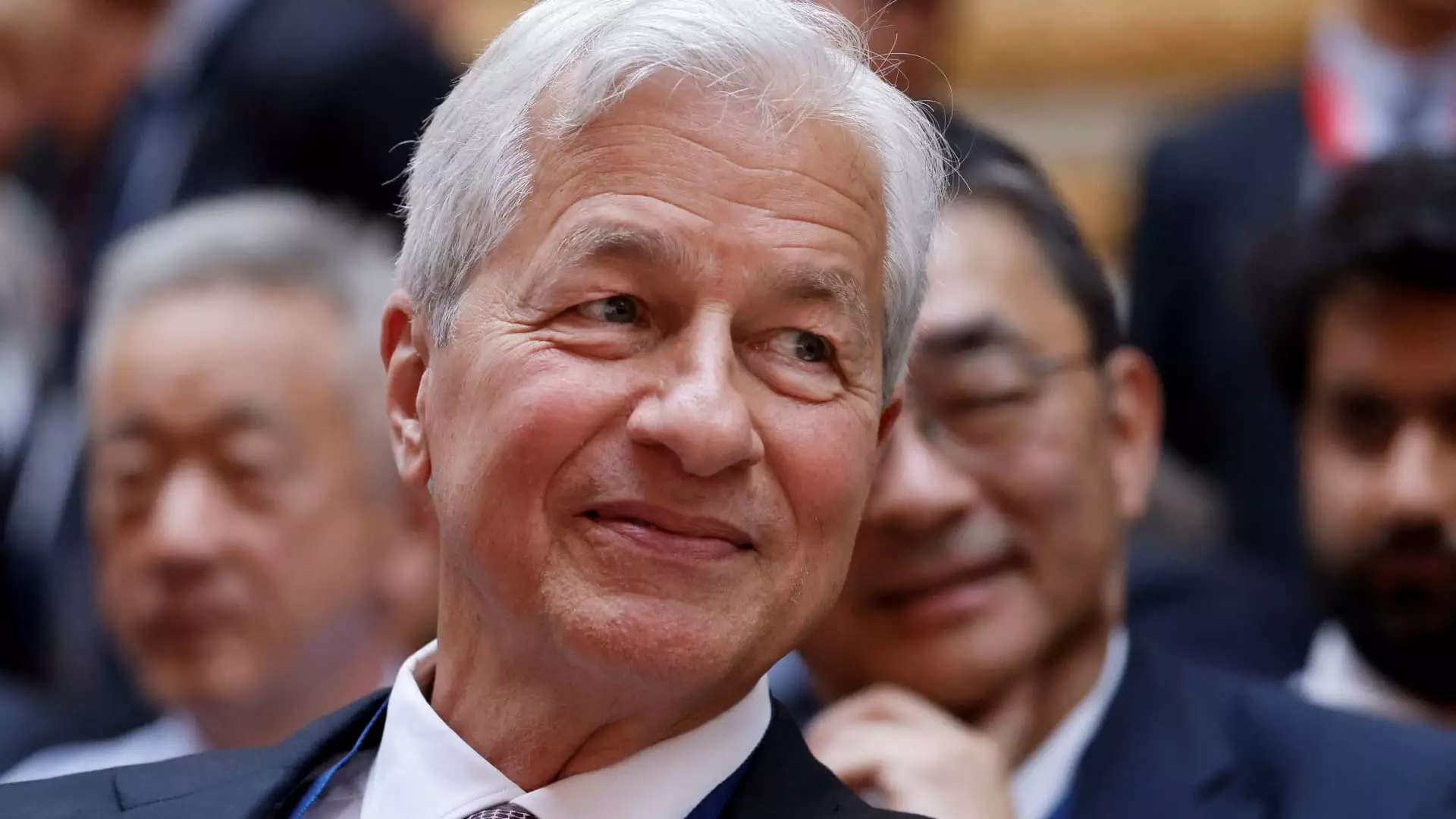In the realm of finance, few discussions are as critical as the management of surplus capital, especially for an institution as monumental as JPMorgan Chase. Recently, executives from the bank have indicated their intention to embark on aggressive share buybacks as a strategy to address an existing surplus of cash that threatens to balloon further. CFO Jeremy Barnum characterized this scenario as a “high-class problem,” acknowledging the bank’s possession of approximately $35 billion in excess capital beyond regulatory necessities. This situation, while seemingly advantageous, poses a complex set of challenges and opportunities for one of the world’s largest banks.
Understanding Excess Capital in Banking
Excess capital refers to the funds that a bank holds in reserve, exceeding what is mandated by regulatory frameworks such as the Basel III rules. For JPMorgan Chase, this capital represents a safety net but also serves as a focal point of scrutiny from investors who desire a clear roadmap for its utilization. The bank’s prudent approach to capital management reflects its history of resilience, but it also speaks to the balancing act inherent in maintaining both regulatory compliance and shareholder satisfaction.
In light of the lucrative profits and remarkable revenue they experienced over the last year, JPMorgan Chase is in a position where its growing cash reserves have begun to draw questions rather than applause. Investors are curious about the bank’s plans for deploying the surplus effectively rather than allowing it to stagnate. Barnum emphasized that without identifying new organic opportunities for investment, the bank would resort increasingly to shareholder returns via buybacks.
There was a shift in sentiment regarding share buybacks when Jamie Dimon, CEO of JPMorgan Chase, initially resisted the idea of purchasing stock amid high price tags. Dimon’s notable hesitance stemmed from the bank’s assessment that buying back shares at such inflated valuations could be imprudent. His statement from May hinted at a disciplined approach to capital allocation: “Buying back stock of a financial company greatly in excess of two times tangible book is a mistake.”
Fast forward to the present, and the sentiment has dramatically shifted as the bank’s stock has surged by 22%. This dramatic rise complicates Dimon’s prior assertions about the viability of share buybacks at prevailing prices. The tension between exceeding high valuations and the potential for rewarding shareholders is palpable, suggesting a need for a strategic pivot in response to market conditions.
As JPMorgan tackles these challenges, there is an underlying awareness of economic uncertainties. Both Dimon and Barnum have been vocal about looming risks, having warned of a possible recession since 2022. Though this downturn has yet to materialize, the precarious situation mandates that the bank prepare for various outcomes. This cautious perspective may temper the enthusiasm for aggressive buybacks when the stability of the economy remains uncertain.
Barnum articulated the duality of this situation, describing a “tension” between vibrant market conditions and economic fragility. This strategic positioning allows JPMorgan to remain agile, ready to leverage any downturn effectively. Analyst Charles Peabody offers insights into this strategy, suggesting that the bank’s discipline against “pissing away capital” positions it advantageously for taking market share during subsequent economic fluctuations.
JPMorgan Chase stands at the intersection of opportunity and caution. Its sizable capital reserves provide a plethora of strategic options, yet the need for disciplined management cannot be overstated. The bank’s active engagement with stakeholders and its commitment to transparency regarding capital initiatives will not only foster confidence among investors but also guide its navigation through the intricate landscape of economic change.
Ultimately, as JPMorgan Chase moves forward, the conversations surrounding excess capital and share buybacks serve as a litmus test for its strategic vision. The decisions made in the coming months will reflect not only the bank’s adaptability in optimizing shareholder value but also its preparedness to confront economic uncertainties head-on. This ongoing evolution underscores the critical nature of financial institutions in not merely surviving but thriving in an ever-changing economic tapestry.

